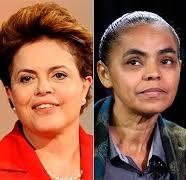Back
Female President, impact and feminist movement-Elections in Latin America

Although Brazil has enjoyed democracy for only 25 years, the current cabinet features a record number of female ministers (10 making up 26% of the cabinet). This stands in contrast to 2008 when Brazil was among the countries of the world with the lowest proportion of women in public office. Elections are scheduled to take place in October 2014, how has the increase of women’s political participation impacted the country in the last few years? How has it influenced Brazil’s feminist movement?" How does it influence the feminist movement in other Latin American countries? How does a female president open doors for other women?